Top speed 1,548 km/h Length 18 m Engine type Turbojet | Wingspan 8.71 m Weight 6,750 kg First flight February 1965 | |
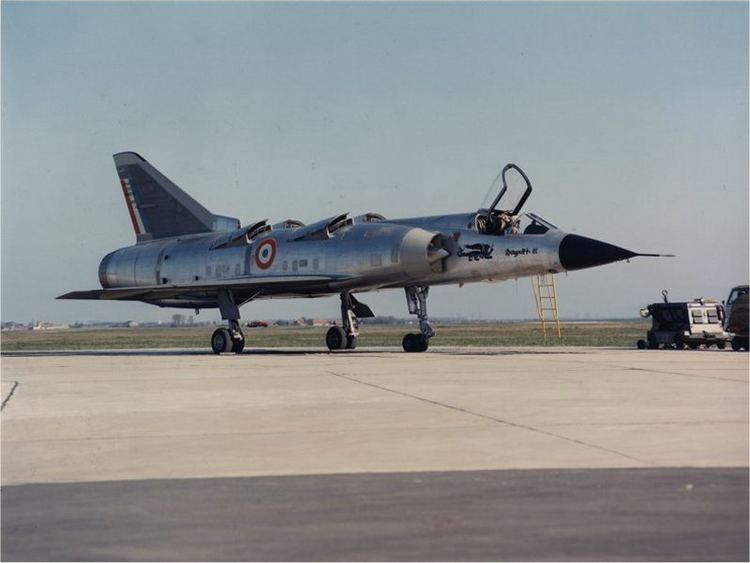 | ||
Dassault mirage iii v balzac v
The Dassault Mirage IIIV, also spelled Mirage III V, was a French vertical take-off and landing (VTOL) prototype fighter aircraft of the mid-1960s. The Mirage IIIV model followed the Dassault Mirage III and featured eight small vertical lift jets straddling the main engine. The design was in response to a NATO specification for a VTOL strike fighter. One of the two aircraft built was destroyed in an accident and the project was abandoned; the surviving aircraft is on public display.
Contents
- Dassault mirage iii v balzac v
- Dassault mirage iiiv vtol fighter prototype 1965 full specs tech details
- Dassault Balzac V
- Mirage IIIV
- Specifications Mirage IIIV 01
- References

Dassault mirage iiiv vtol fighter prototype 1965 full specs tech details
Dassault Balzac V
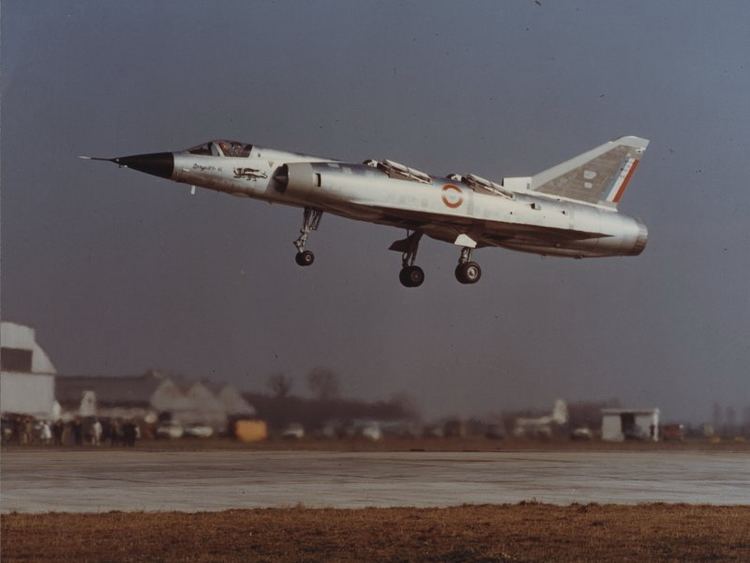
Since the Rolls-Royce RB162 lift engines specified for the Mirage IIIV were not expected to be available before 1963, Dassault modified the first Mirage III prototype as the Balzac V to serve as an interim VTOL testbed. Fitted with eight Rolls-Royce RB.108 lift engines and an unreheated Bristol Orpheus BOr 3 as the main engine. The Balzac began tethered hovering on 12 October 1962 and achieved the first free hover only six days later. The first accelerating transition from vertical take-off to horizontal flight took place on its 17th sortie on March 18, 1963. The aircraft had two fatal accidents, one in January 1964 and one in September 1965. After the last accident the aircraft was not repaired.
Mirage IIIV
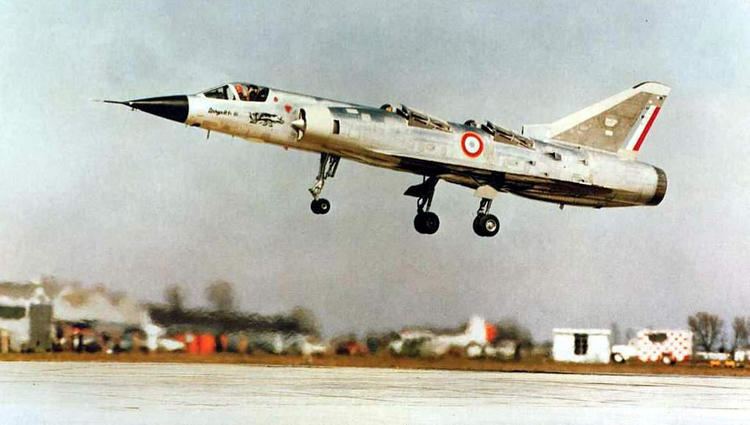
In the meantime, the Balzac had led to the actual Mirage IIIV, which was twice as big. Two prototypes were built. The first Mirage IIIV performed its first hovering trial on 12 February 1965. The IIIV had the general layout of earlier Mirage fighters, but it was longer and had a bigger wing, and, like the Balzac, nine engines: a single SNECMA-modified Pratt & Whitney JTF10 turbofan, designated TF104, with thrust of 61.8 kN (13,900 lbf), and eight Rolls-Royce RB162-1 engines, each with thrust of 15.7 kN (3,525 lbf), mounted vertically in pairs around the centreline. The TF104 was originally evaluated on a special-built trials machine, the Mirage IIIT, which was much like a Mirage IIIC except for the change in engine fit.
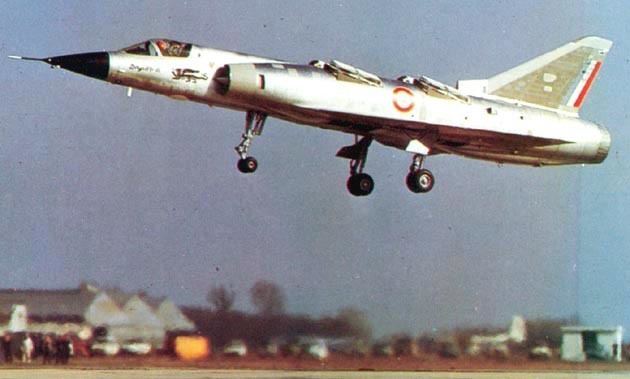
The TF104 engine was quickly replaced by an upgraded TF106 engine, with thrust of 74.5 kN (16,750 lbf), before the first prototype made its initial transition to forward flight in March 1966. It later attained Mach 1.32 in test flights.
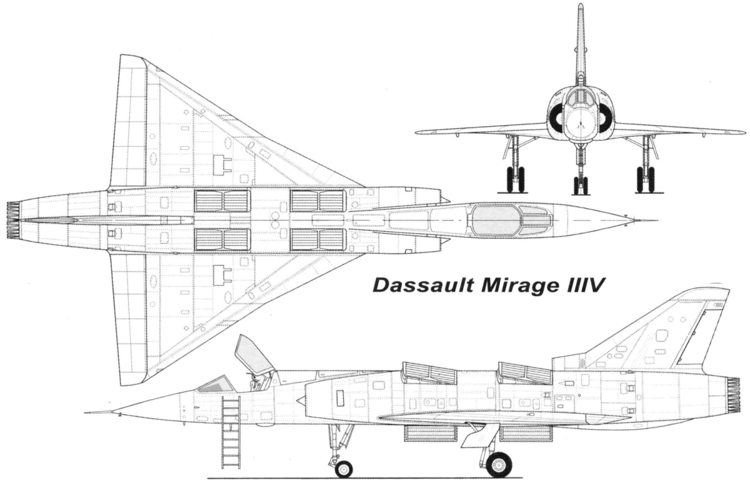
The second prototype featured a TF306 turbofan for forward thrust of 82.4 kN (18,500 lbf), and first flew in June 1966. In September of that year, it attained Mach 2.04 in level flight, but was lost in an accident on 28 November 1966. The Mirage IIIV was never able to take off vertically and successfully go supersonic in the same flight.

The loss of the second prototype effectively killed the program, and in fact killed any prospect of an operational Mach 2 vertical take-off fighter for decades. The British Hawker P.1154 had been cancelled in 1965 by the government just as the prototypes were being built, though its subsonic brother, the Hawker-Siddeley Kestrel VTOL attack aircraft was flying in tri-partite trials with the UK, US and West Germany. The French preferred the Mirage IIIV, and the international cooperation needed to make the P.1154 a reality never materialized.

Some of the P.1154 work contributed to the final operational vertical take-off fighter based on the Kestrel, the highly successful Harrier. The Mirage IIIV was never a realistic combat aircraft. The eight lift engines would likely have been a maintenance nightmare, and certainly their weight imposed a severe range and payload penalty on the aircraft.
The cockpit and ancillary electronics of the Mirage IIIV were re-used in the Mirage IIIF, later Mirage F1.
Specifications (Mirage IIIV-01)
Data from Jackson.
General characteristics
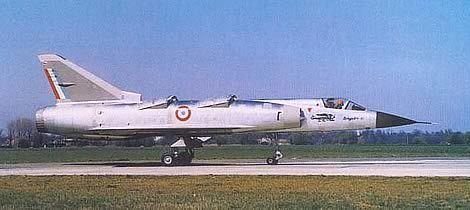
Performance
